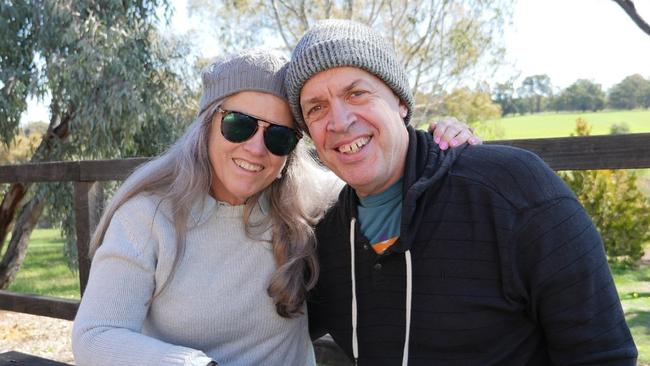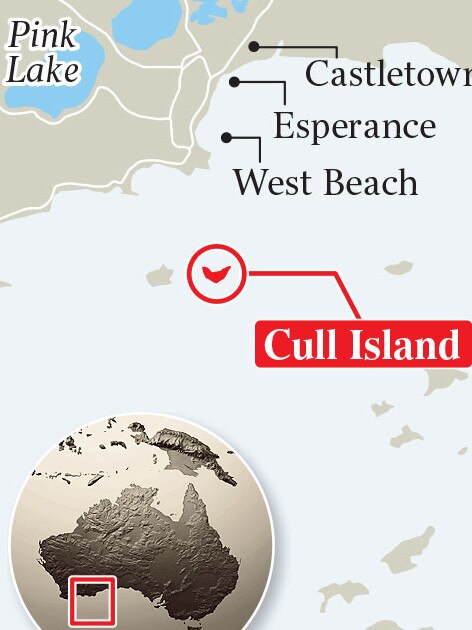Victim Gary Johnson’s shark shield was turned off at time of attack
Gary Johnson was wearing a shark shield when fatally mauled off the coast of Esperance, but it wasn’t switched on.

Shark attack victim Gary Johnson was wearing a shark shield when fatally mauled off the coast of Esperance on Sunday, but it wasn’t switched on when the attack occurred, according to West Australian Fisheries Minister Peter Tinley.
“I can advise you now … that Mr Johnson had a shark shield on and at the time of the accident it was deactivated,” Mr Tinley said.
Mr Johnson was diving with his wife, Karen Milligan, near Cull Island off WA’s south coast when he was taken by what was believed to be a great white shark.
The Australian understands Mr Johnson had just entered the water and was diving down to check his boat’s anchor when the shark struck.

Mr Tinley’s comments came as the body of a 21-year-old man, who was washed off rocks on January 2, was recovered off Twilight Beach, Esperance. His body was reportedly being circled by sharks.
The owner of Southern Sports and Tackle in Esperance, Murray Johnson, sells the shark shields in his shop and said: “Most people don’t turn them on until they get in the water.”
He said divers do not generally turn the shields on while still in their boats in case they touched something metal on board. This would give them a jolt.
He said checking the anchor was normal behaviour for any experienced diver.
“Most people usually throw the anchor out and dive down and make sure it’s got a hold because you’ll be swimming and diving away from the boat. Otherwise they’d come back and the boat won’t be there anymore,” the shop owner said.
The news comes as the police and volunteer search for Mr Johnson’s body extended into a third day.
“Right now, though, we’re still focused on the recovery operation to see if we can recover the body and support Karen Milligan … making sure she and her family can get through a very tragic set of circumstances,” Mr Tinley said.
The McGowan Labor government has long spruiked the subsidised shark shields, committing $1m for 5000 rebates since May 2017. It was hoped they would form an integral part of a non-lethal shark-mitigation strategy that also includes the SharkSmart app and beach warning signs.
Mr Tinley continued to warn on Tuesday that the shields were not fail-safe, likening them to a seatbelt.
“It doesn’t stop you getting hurt,” he told local radio station 6PR.
“One thing I will always say about these shark shields, they are one of a range of measures that people can do and use to actually mitigate the potential risk of going into the ocean.
“They’re there to actually reduce the risk of injury … they won’t prevent it at all costs.”
Onshore audible and visual warning signs are currently on trial in Gracetown, 750km west of Esperance.
A SMART drumline trial is also under way there, and the state’s chief scientist is due to assess its effectiveness next month.
Amid claims the state government did nothing about sharks that posed a danger, Mr Tinley said each case was judged on its merits.
“There is no such thing as a shark SWAT team,” Mr Tinley said.
“The responses to a shark sighting are very clear … if it presents a threat to public safety … I will act, the department will act.
“We will take the necessary precautions to either relocate or destroy the shark.
“That hasn’t been a situation we’ve found ourselves in.
“Just because there is a shark sighting does not mean automatically that we deploy resources to dispatch the shark.”




